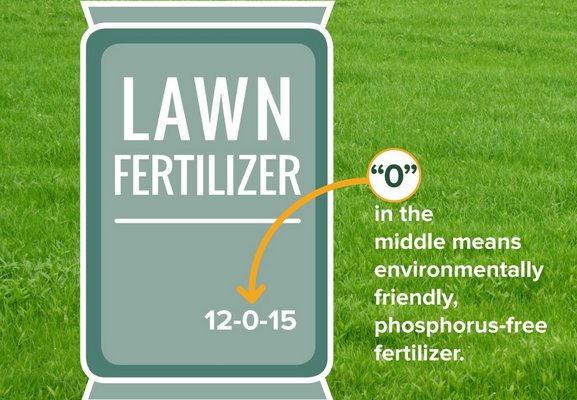
Two like-minded bills are making their way through both houses of the New York State Legislature that would restrict the sale and use of lawn fertilizers that contain nitrogen in Nassau and Suffolk counties, other than low-nitrogen fertilizers.
The measure was passed in the Assembly in just five legislative days, but debate rages on in the Senate. While environmentalists and landscaping experts acknowledge that nitrogen has deleterious effects on Long Island’s water bodies, they disagree on the most pertinent source.
“My reaction to the professionals—whether you be an environmental professional or a professional in landscaping or making fertilizer—there has been a surprising gulf,” State Senator Kemp Hannon of Garden City said at a joint roundtable of the Senate standing committees on health and on environmental conservation on May 29 in Farmingdale. Mr. Hannon is the health committee chair. He said the argument over how to best address nitrogen in water bodies should not be between “lawn fertilizers or updated septic systems.” Rather, both issues can be taken into account.
Nitrogen is a key ingredient in fertilizer that aids in the growth of grass and other vegetation. A combination of stormwater runoff and wastewater from cesspools has plagued Long Island’s waterways with algae blooms that can kill marine life and, in some cases, pose a danger to humans. Blue-green algae, which thrives on nitrogen, has bloomed in Lake Agawam, Mecox Bay, and Mill, Wickapogue and Georgica ponds at different times since 2016.
And the more nitrogen “that goes into these water bodies, the more nitrogen [algae] make,” said Dr. Christopher Gobler, a marine science professor at Stony Brook University and one of the East End’s most respected water quality experts. “And it works in reverse: if you reduce the amount of nitrogen, they actually—per cell—are less toxic.”
In that vein, Governor Andrew Cuomo allocated $5 million in 2015 to create the Long Island Nitrogen Action Plan to scale back the sources of excessive nitrogen in groundwater and waterways. Plans include replacing failing traditional septic systems with more advanced nitrogen filtering systems, and researching the effects of fertilizer use. The program’s manager, David Berg, said the primary source of nitrogen is from wastewater, but fertilizer is the second largest source. He said upgrading septic systems is expensive—about $20,000 a home.
“Fertilizer, unlike wastewater, is going to be a solution that imposes little to no impact on property-tax payers,” Mr. Berg said.
According to the bills, a low-nitrogen fertilizer contains “no more than 12 percent nitrogen by weight.” At least half of the nitrogen in the fertilizer must be water insoluble. It’s known as slow-release nitrogen in the lawn care industry. If approved, only slow-release nitrogen will be allowed to be sold and used on lawns or non-agricultural turf on Long Island by December 31, 2019. Any non-conforming product purchased before the effective date can still be used.
Opponents of the bills, namely the Long Island Coalition for Healthy Lawn and Water, which sprouted up in May to defend fertilizers on social media, argue low-nitrogen products are more costly, less effective and will burden homeowners and businesses. The group could not be reached for comment.
Scotts Miracle-Gro Company, which was founded in Nassau County, has worked with other state governments, including Maryland and Florida, that passed similar bills. The lawn care company has agreed that not all of the responsibility should be on the homeowner or lawn care service that applies the fertilizer, said Mark Slavens, who works for the company’s environmental affair arms, as vice president of research and development.
“All of our products are developed with the best cutting-edge science and technology, and they are manufactured in accordance with regulatory agencies and with state regulatory law, so that they are compliant,” Mr. Slavens said. “We limit the amount of nitrogen we put in our products. We limit the amount of water-soluble nitrogen we put in our products so that they are compliant. So when users use our products, they are using a product that is mindful and safe for the environment.”
Mr. Slaven said Scotts Miracle-Gro has cut the amount of nitrogen in its product in half over years of ongoing development. And yet, experts say nitrogen pollution has gotten only worse.
“It seems like there is a little bit of a disconnect here,” he said, referring to the reason for increased nitrogen pollution in waterways. Other lawn fertilizer companies, including Trugreen, are calling for the Senate to halt discussions on the bill until further peer-reviewed study is available for deliberation. They’ve also called the 12 percent nitrogen threshold on lawn fertilizer “arbitrary,” and hastily decided on in the Assembly “without science.”
The state Department of Environmental Conservation has not made any formal recommendations to the effects of fertilizer yet, said the regional water engineer for Long Island, Anthony Leung. The DEC is expected to prepare a report for Governor Andrew Cuomo by June 2020 regarding the ban of high nitrogen fertilizer in other parts of the state.